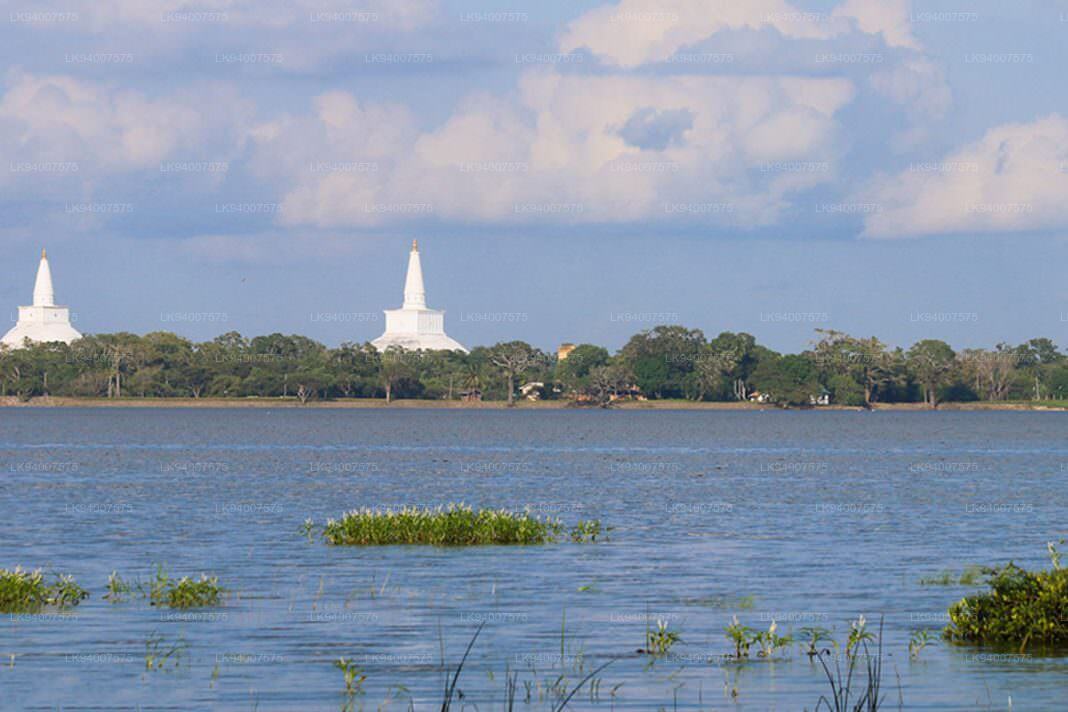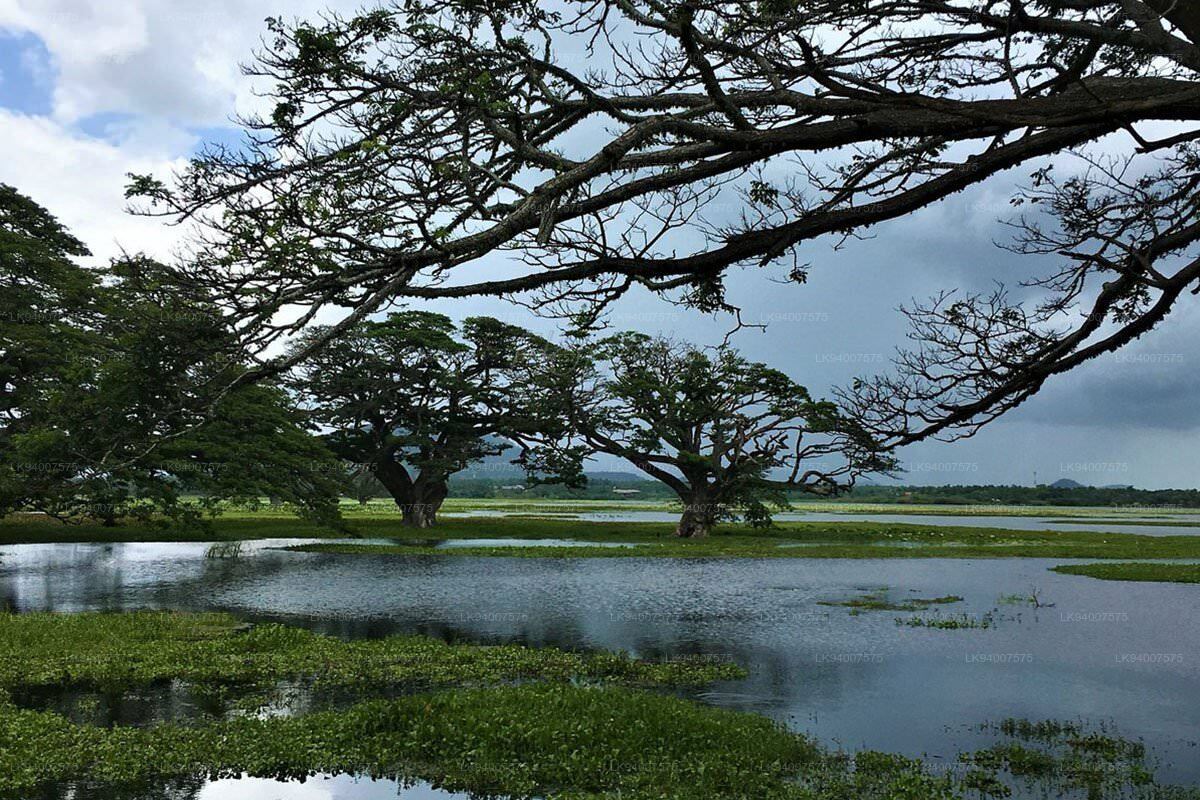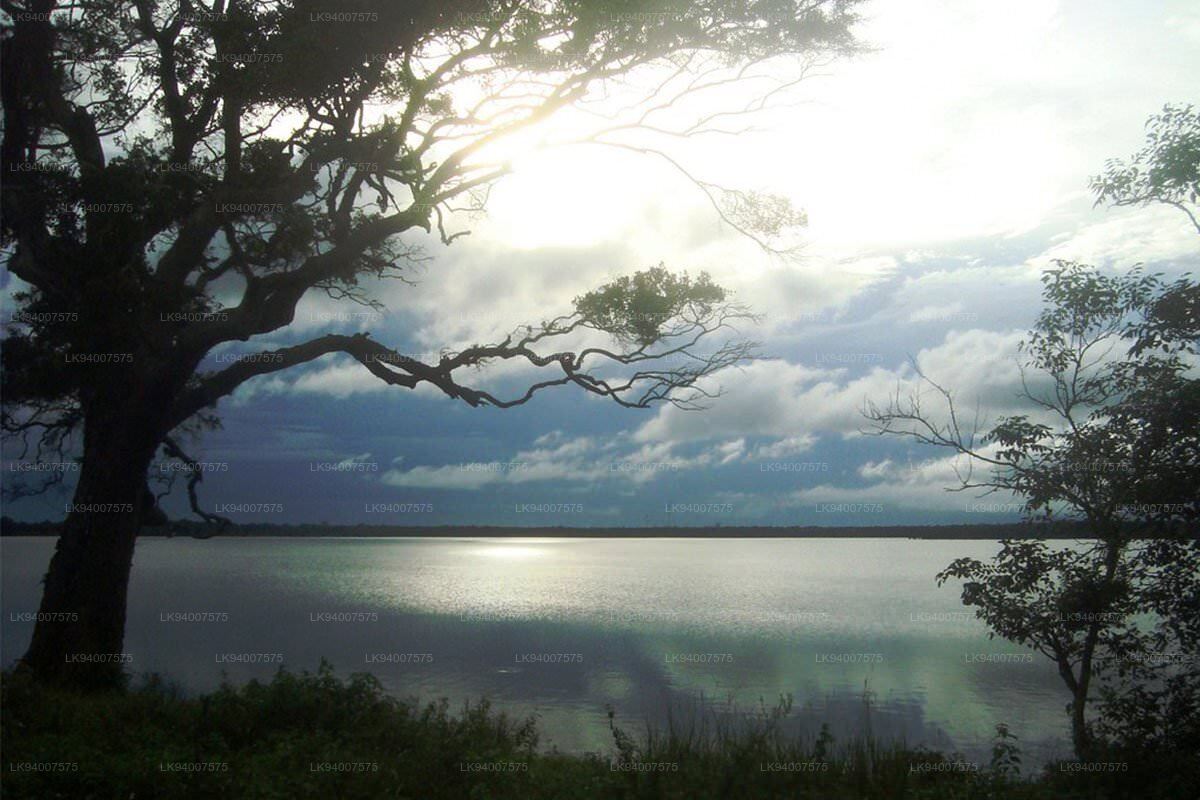
Anuradhapura-stad
Anuradhapura behoort tot de Noord-Centrale Provincie van Sri Lanka. Anuradhapura is een van de oude hoofdsteden van Sri Lanka, beroemd om zijn goed bewaard gebleven ruïnes van de oude Lankaanse beschaving. De stad, nu UNESCO-werelderfgoed, ligt 205 km ten noorden van de huidige hoofdstad Colombo in Sri Lanka.
Tissa Wewa (තිස්ස වැව)
Tissa wewa (also known as Tissa Wewa, Tissamaharama Lake, Tissa Wapi) is yet another destination for tourists to gain relaxation and knowledge for both physical and mental. It is a symbol of Ancient Irrigation systems of Sri lanka. And also it is one of the men made reservoirs in Anuradhapura other than Basawakkulama (Abhayagiri wewa) and Nuwara wewa. Only Abhaya wewa and Panda wewa is regarded as older than this. It is built by King Devanam Piyathissa (150-210 B.C), the predecessor of establishing Buddhism in Sri Lankan Civilization in the 3rd century. The bunt is about 11000 feet in distance and 25 feet in depth.Tisa wewa covers an area about 550 acres. Mahawansa reveals that the great King Dutugemunu went to Tissa wewa to make the rituals and observed traditions bounded with water before getting accession to the throne after defeating brutal Dravidian King Elara. The lake is located in the south west of the Anuradhapura city.
This Large irrigation system was fallen into obsolescence. But it was repaired several times even by the British government. As prescribed in H.Parker's reports, he says that the bunt has been built thickly in its original state and It may not need a maintaining. As a matter of fact, The Tissa Wewa still serves the Anuradhapura area. By the way, the Ancient Bisokotuwa made of stones was embedded with concrete. Tissa wewa was nourished with the water gained from Kala wewa. The water was supplied through the Canal, Yodha Ela. Yodha Ela is also a great creation of our ancient architectures. The architects knew that the speed of water in canals may decrease if it is moved into a zigzag shaped canal.
Thereby they used this theory to supply water for low land areas. The canals were capable of covering whole the Dry zone areas in Anuradhapura. They considered of a research to elect a suitable place to built Tissa wewa by King Devanam piya tissa. It was done under several objectives. Congruent Geographical features to imbibe water from the earth, collect and secure water from natural water resources, easier to build the dam of the tank and adjustability to face earthquakes or inundation were thoroughly considered. Thus ancient rural life style of Sri Lankans was deeply attached with watery civilization. Kings paid their utmost attention to maintain and develop the tanks, lakes and water reservoirs. They never let the people waste a single drop of water.
Over het district Anuradhapura
Anuradhapura behoort tot de Noord-Centrale Provincie van Sri Lanka. Anuradhapura is een van de oude hoofdsteden van Sri Lanka, beroemd om zijn goed bewaard gebleven ruïnes van de oude Lankaanse beschaving. De stad, nu een UNESCO-werelderfgoed, ligt 205 km ten noorden van de huidige hoofdstad Colombo in Sri Lanka. In de heilige stad Anuradhapura en de omgeving bevinden zich een groot aantal ruïnes. De ruïnes bestaan uit drie soorten gebouwen: dagoba's, kloostergebouwen en pokuna (vijvers). De stad had enkele van de meest complexe irrigatiesystemen uit de oudheid, gelegen in de droge zone van het land. De overheid bouwde vele tanks om het land te irrigeren. De meeste burgers zijn Singalees, terwijl Tamils en Sri Lankaanse Moren in het district wonen.
Over Noord-Centrale Provincie
Noord-Centrale Provincie, de grootste provincie van het land, beslaat 16% van het totale landoppervlak van het land. De Noord-Centrale Provincie bestaat uit twee districten genaamd Polonnaruwa en Anuradhapure. Anuradhapura is het grootste district in Sri Lanka. Het gebied is 7.128 km². De Noord-Centrale Provincie heeft talloze mogelijkheden voor investeerders om hun bedrijven te starten, met name landbouw, agrarische industrieën en veeteelt. Meer dan 65% van de mensen van de Noord-Centrale Provincie is afhankelijk van basislandbouw en agrarische basisindustrieën. NCP wordt ook wel "Wew Bendi Rajje" genoemd omdat er meer dan 3.000 middelgrote en grote tanks in de provincie zijn gelegen. Sri Maha Bodiya, Ruwanweli Seya, Thuparama Dageba, Abayagiri-klooster, Polonnaruwa Rankot Wehera, Lankathilake zijn bang

















